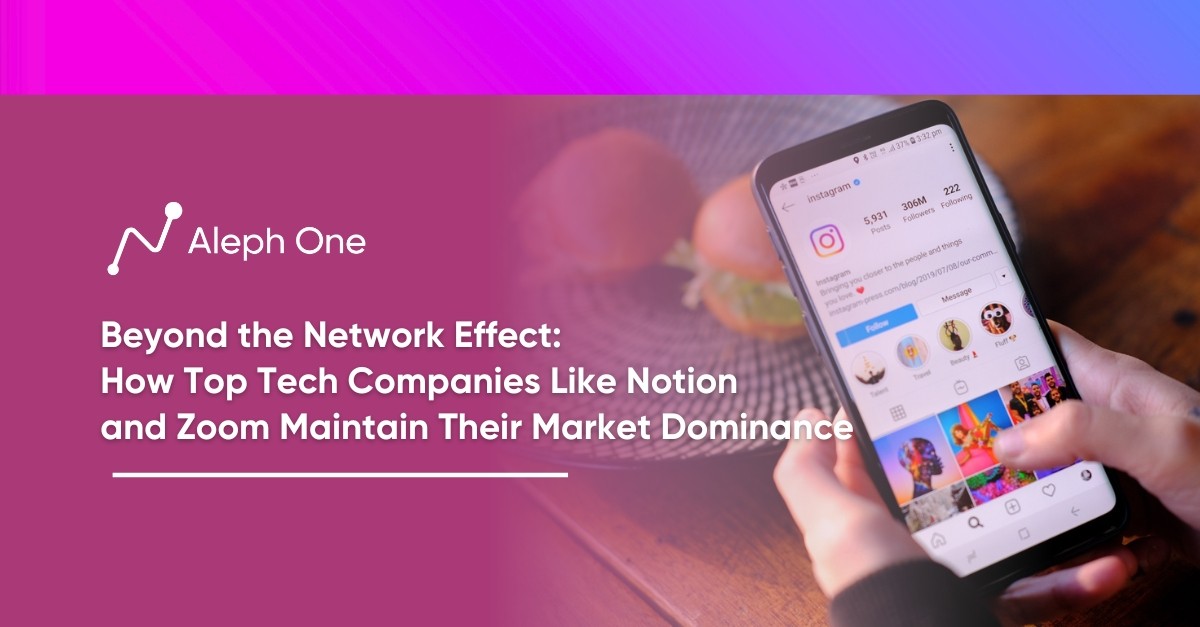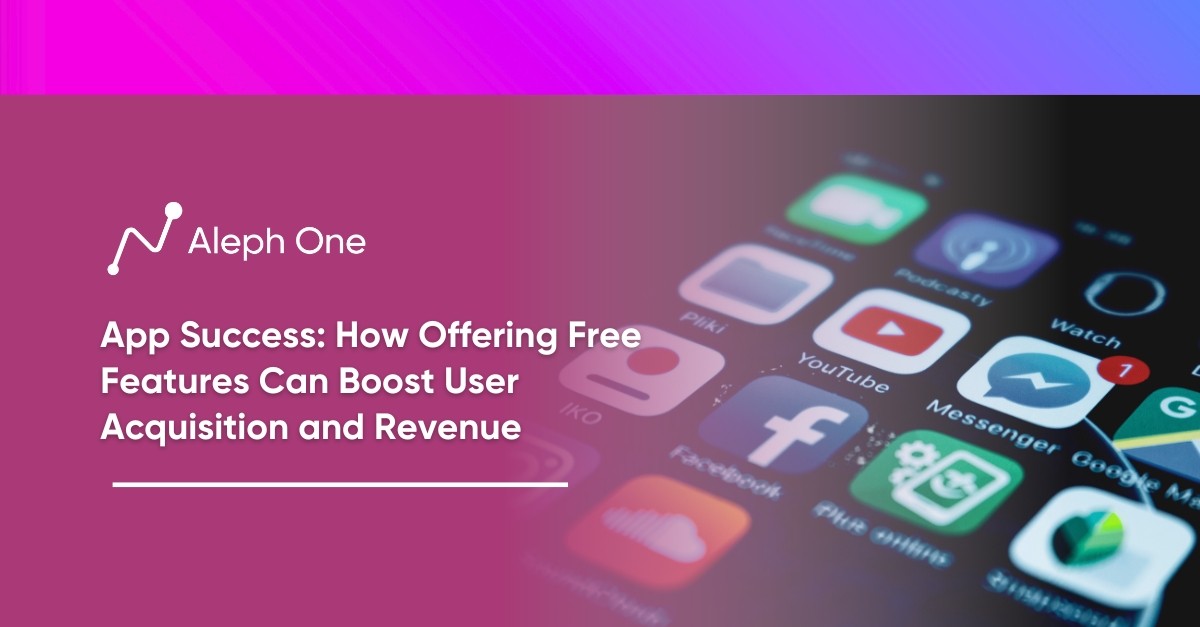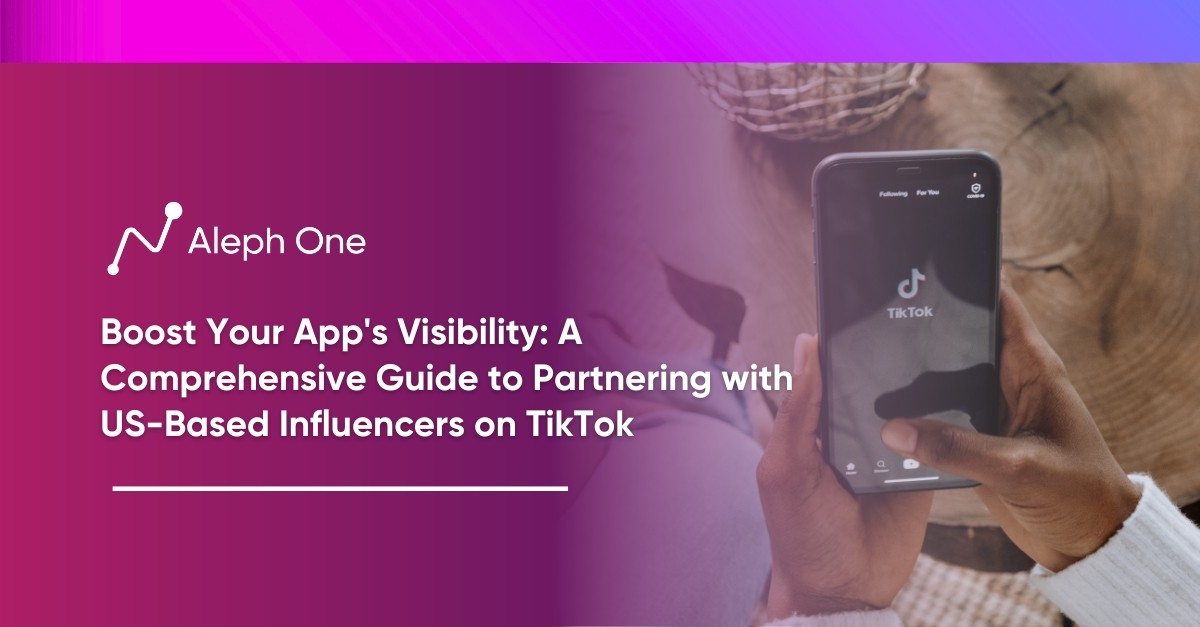Let’s work together to build something amazing. Share your project details and our team will reply to figure out the next steps to your success.

The rapid evolution of technology and the ever-changing tech industry landscape have raised questions about how top companies maintain their market dominance. This article explores the strategies companies like Notion and Zoom employ to stay ahead, going beyond the traditional concept of network effects. By examining the cautionary tale of MySpace’s fall from grace and the rise of platforms like Facebook, it becomes clear that continuous product innovation is crucial for success. Additionally, the article dives into the significance of recurring revenue models, the potential of super apps, and the increasing competition established tech giants face. It concludes with the recognition that the future of big tech remains open to new players who can innovate, adapt, and seize emerging opportunities.

The Fall of an Empire: How MySpace Succumbed to Irrelevance
In the mid-2000s, MySpace was the king of social media. It surpassed Google as the most visited website in the U.S. and was acquired by News Corp for $580 million in 2005. With over 100 million users, MySpace seemed destined to dominate social networking for years to come.
Failure to Innovate
However, by 2008, MySpace began losing users and relevance. The site failed to innovate and its popularity faded as Facebook surged. MySpace’s monthly visitors plunged from 75.9 million in 2008 to 35 million in 2011. News Corp sold the declining company in 2011 for only $35 million—a 94% loss from its acquisition price.
Network Effects can be Fragile
MySpace’s collapse serves as a cautionary tale of how network effects can be fragile. While the platform benefited early on from a massive user base and popularity, it failed to give users reasons to stay. The site looked increasingly dated and cluttered, with a confusing interface and too many ads. It struggled to attract younger generations who viewed the platform as outdated and irrelevant.
Facebook Outpaces Myspace
Meanwhile, Facebook outpaced MySpace by focusing on a clean, simple design, rolling out new features like the News Feed, and opening the platform to outside developers. It gave users more ways to connect and share, especially on mobile devices. Facebook’s user numbers soared as MySpace’s plunged.
Tech Companies Must Continue to Innovate
The decline of MySpace highlights how tech companies must innovate continually to overcome network effects. While MySpace rested on its laurels, Facebook gave users new reasons to engage and share. Once Facebook achieved scale, its network effects and popularity made MySpace seem obsolete by comparison.
MySpace is a sobering example that no technology company is too big to fail. With consistent product improvements, any platform can retain relevance. For tech companies, the only way to maintain dominance is to keep users intensely engaged with the latest features and services. Complacency is not an option.
Product Innovation: The Secret Weapon Against Complacency
While network effects provide a competitive advantage, they are not impenetrable. Continuous product innovation is the secret weapon for companies to overcome network effects. When companies stop innovating and improving their products, they become complacent and open the door for competitors to enter.
Netflix – Invested Heavily in Original Content
Netflix provides a prime example of how product innovation maintains market dominance. In the early 2000s, Netflix pioneered movie rentals by mail and online streaming, quickly gaining popularity. However, as streaming became mainstream, competitors emerged, and Netflix risked becoming irrelevant. In response, Netflix invested heavily in original content creation, releasing hit shows like House of Cards and Stranger Things. This product innovation revived interest in the platform and allowed Netflix to dominate streaming media, even as competitors released their streaming services.
Amazon – Expanded Into New Product Categories
Amazon is another company that has stayed on top through constant product innovation. In the 1990s, Amazon became an online bookseller, gaining popularity through selection and convenience. As Amazon’s network grew, it leveraged its scale and resources to expand into new product categories, launching Marketplace for third-party sellers and Amazon Web Services for cloud hosting. These new products and services gave more reasons for customers to use Amazon, strengthening its network effects and market dominance.
Apple – Innovative Product Releases and Technology
Finally, Apple has maintained its leadership through new, innovative devices. In the early 2000s, the iPod and iTunes propelled Apple to popularity. But instead of resting on this success, Apple released the iPhone in 2007, revolutionizing mobile computing and communication. The iPhone ecosystem, including the iOS App Store, has kept customers locked into Apple’s network. More recently, the Apple Watch and AirPods show Apple’s continued commitment to releasing groundbreaking new products.
While network effects provide a competitive advantage, product innovation is required to stay ahead. Companies that stop improving and releasing new products open themselves up to disruption from competitors. As demonstrated by Netflix, Amazon, and Apple, constant product innovation allows companies to overcome network effects, gain new customers, and maintain dominance. Continuous improvement and progress are necessary to survive and thrive.
The Next Big Thing: How TikTok Beat the Odds
Despite the power of tech giants like Facebook, Snapchat, and Instagram, TikTok’s short-form video app has emerged as a breakout star. TikTok exploded in popularity and became a cultural phenomenon, especially with Generation Z. While other social networks struggled to gain traction, TikTok’s innovative features and marketing strategies fueled massive growth, showing how new platforms can still compete in the age of big tech.
TikTok Differentiated Itself Through Short Videos
TikTok differentiated itself by focusing on short, fun videos centered on lip-syncing and dancing. Unlike the highly curated posts on Instagram, TikTok videos have a spontaneous, unpolished feel. TikTok’s special effects and filters also make it easy for anyone to create engaging content. This platform was designed for viral internet challenges, reactions, and memes.
Built Partnerships with Influencers
TikTok aggressively courted influencers and built partnerships to promote trending hashtags, sounds, and effects. The company ran influencer marketing campaigns and incubator programs to boost stars on the platform. TikTok’s savvy use of influencer partnerships and sponsorships propelled many videos to go viral, gaining millions of views and launching new micro-celebrities.
One of the World’s Most Downloaded App
Thanks to this potent combination, TikTok gained over 1 billion monthly active users in just a few years. According to Sensor Tower, TikTok was the world’s most downloaded social media app in 2019, with over 700 million downloads. About 60% of TikTok users are under 30, showing its popularity with Generation Z.
The rise of TikTok demonstrates that even in the era of tech giants, opportunities remain for new social platforms. A startup can still capture the public’s attention and imagination with an innovative product, marketing tailored for a niche audience, and strategic partnerships. TikTok’s success story gives hope that competition in social media and the broader tech industry will only increase over time. The next big thing may be just around the corner, waiting to disrupt the status quo.
The Subscriber Economy: Why Recurring Revenue Models Matter
Today, some of the most dominant tech companies have built their empires on subscription models. Companies like Netflix, Spotify, and Zoom have thrived by offering monthly subscriptions for on-demand content and services. These recurring revenue models provide a steady and predictable income stream that allows companies to improve their products and keep customers engaged for the long term.
Netflix’s Subscription Model of On-demand Video Content
Netflix pioneered the subscription model for on-demand video content. For a monthly fee, subscribers can access Netflix’s library of TV shows, movies, documentaries, and more. Netflix uses revenue from over 167 million subscribers to license content and produce original programming. This cycle of investment and content creation fuels further subscriber growth.
Spotify Music Streaming Service with Monthly Subscription
Spotify has built a library of over 70 million songs and over 300 million monthly active users through a $9.99/month subscription. Spotify can pour money from subscriptions into licensing deals with major music labels. The more music Spotify offers, the more subscribers they attract.
Zoom Video Conferences Subscription Tiers
Video conferencing platform Zoom has become a household name during the pandemic, with over 300 million daily meeting participants. Zoom’s subscription tiers range from $14.99 to $19.99 monthly for businesses. Revenue from over 467,000 business customers allows Zoom to improve its software and add new features like Zoom Apps and Zoom Events.
The Benefits of a Subscription Model
The subscription model provides tech companies with several advantages. First, recurring revenue leads to more stable and predictable income versus one-time purchases or advertising. Second, subscriptions increase customer lifetime value as people tend to stick with services they pay for monthly. Finally, subscription services can use a portion of revenue to reinvest in and improve their product, which helps reduce churn and attract new subscribers.
While advertising and transactions still dominate in tech, the subscriber economy provides an alternative path to success. Companies that build subscription services that provide continuous customer value can establish dominance through recurring revenue and retention. The model pioneered by Netflix, Spotify, and Zoom is one that new tech companies should consider emulating.
Super Apps: The Rise of All-In-One Ecosystems
Some of the largest tech companies in China have built their dominance through “super apps” that combine multiple services in a single platform. For example, WeChat began as a messaging app but now allows users to do everything from making payments to booking travel to playing games. WeChat’s over 1 billion monthly users spend an average of 66 minutes daily within the app, demonstrating how super apps can become the center of users’ digital lives.
Alipay – From Mobile Pay App to Food, Wealth, and Healthcare Services
Similarly, Alipay started as a mobile payment service but has since expanded into areas like food delivery, wealth management, and healthcare services. These super apps have become all-in-one ecosystems that lock in users and gain a competitive advantage over single-purpose apps. They utilize their massive networks to quickly scale new services, with each additional feature making the overall platform more indispensable to users.
The Rise of Multi-service Ecosystems in Western Tech
Western tech companies have not developed super apps of the same scale. Some argue that differences in mobile habits and tighter data privacy laws in Western markets have limited the opportunity for super app dominance. However, companies like Apple, Amazon, and Facebook have built multi-service ecosystems that could form the foundation of a super app. For example, Facebook has messaging, social networking, photo sharing, marketplace, and more—all within a single app.
How to Compete Against Super Apps
Western companies should consider developing their super apps to compete with Chinese tech giants and defend against new competitors. A single platform that combines messaging, payments, ecommerce, food delivery, travel, and other services could gain a strong competitive advantage and lock-in effect. However, super apps also face risks like overextension into too many areas, user experience issues from an overly cluttered interface, and regulatory concerns over data privacy and monopolistic power.
With over 1 billion users and an ever-expanding set of services, WeChat demonstrates the potential of super apps to reshape the tech industry. While the model is still emerging in Western markets, companies that can successfully develop their super apps may gain the same dominance that WeChat and Alipay have achieved in China. The future of big tech could depend on the rise of these all-in-one digital ecosystems.
The Future of Big Tech: More Competition Ahead
While companies like Google, Facebook, Amazon, and Apple have established dominance over the tech industry, their positions are not permanently secure. New startups can compete by innovating in products, services, and business models.
Tech Companies Who Don’t Innovate Will be Left Behind
Big tech companies are vulnerable to the same forces that allowed them to flourish in the first place. They must continue evolving their products to match users’ needs and tastes. If they become complacent, they risk being overtaken by more nimble competitors. MySpace is a cautionary tale of how quickly network effects can unravel without continuous innovation.
New Opportunities Outside Big Tech’s Core Products
At the same time, new opportunities are emerging outside the scope of big tech’s core products.
TikTok demonstrated how a social media platform with a unique value proposition can take off rapidly, especially with younger users. The subscriber economy built by companies such as Netflix, Spotify, and Zoom shows how profitable new models can flourish with lower reliance on advertising.
Integrated Ecosystems Serve as an Opening for Competition
Super apps that provide integrated ecosystems of services also present an opening for competition. While U.S. tech companies have mostly built single-purpose apps, platforms like WeChat and Alipay in China combine messaging, payments, ecommerce, and more. Western startups could gain an advantage by developing super apps to challenge big tech dominance.
New Startups Can Emerge and Shape the Next Era of Technology
While big tech’s network effects and massive scale pose tremendous obstacles, history suggests their dominance is not inevitable forever. With time and effort, new startups can gain a foothold by identifying and seizing new opportunities. Product innovation, fresh business models, niche audiences, and integrated platforms are all strategies new companies might employ to compete with the tech giants. Overall, the future remains open for new players to emerge and shape the next era of technology. Big tech’s control is not permanently cemented, and more competition likely lies ahead.
FAQ
What were the main reasons for MySpace's failure that lead to the rise of Facebook and how can this be avoided by tech companies today?
MySpace’s failure refers to its inability to innovate and remain competitive in a digitally transforming era. While Facebook was introducing new features and designs, progressively evolving to meet user preferences, MySpace stood static, leading to its downfall. To avoid a similar fate, tech companies must commit to continuous innovation. This means consistently listening to user feedback, studying emerging trends and technologies, and being ready to iterate or pivot when necessary.
How does continuous product innovation contribute to the success and competitive edge of companies like Netflix, Amazon, and Apple, and what can other companies learn from them?
Successful companies like Netflix, Amazon, and Apple epitomize the significance of continuous product innovation in maintaining market dominance. They invest substantially in continual enhancement and groundbreaking features that captivate their users, ensuring they stay relevant and competitive. This strategy is imperative for every tech company as it drives growth and solidifies their position in the market. It’s an ongoing process – vigilant observation of shifting market dynamics, understanding their audience, and never ceasing to innovate and improve, promoting customer loyalty and user retention.
In what ways did TikTok leverage its unique features to achieve success and break into a market dominated by the likes of Facebook, Snapchat, and Instagram?
TikTok’s success lies in its unconventional approach to user engagement. It capitalized on the users’ preference for spontaneous and unpolished content, which aligned perfectly with the Generation Z’s internet culture. Further, by encouraging viral internet challenges and incorporating features facilitating effortless content creation, TikTok offered an exclusive platform that appealed to both creators and viewers. This shows that even in a seemingly saturated market, there’s always room for innovation and disruption if companies are willing to understand their user base and offer unique, tailor-made experiences.
Get the latest news and updates from Aleph One in your inbox.



